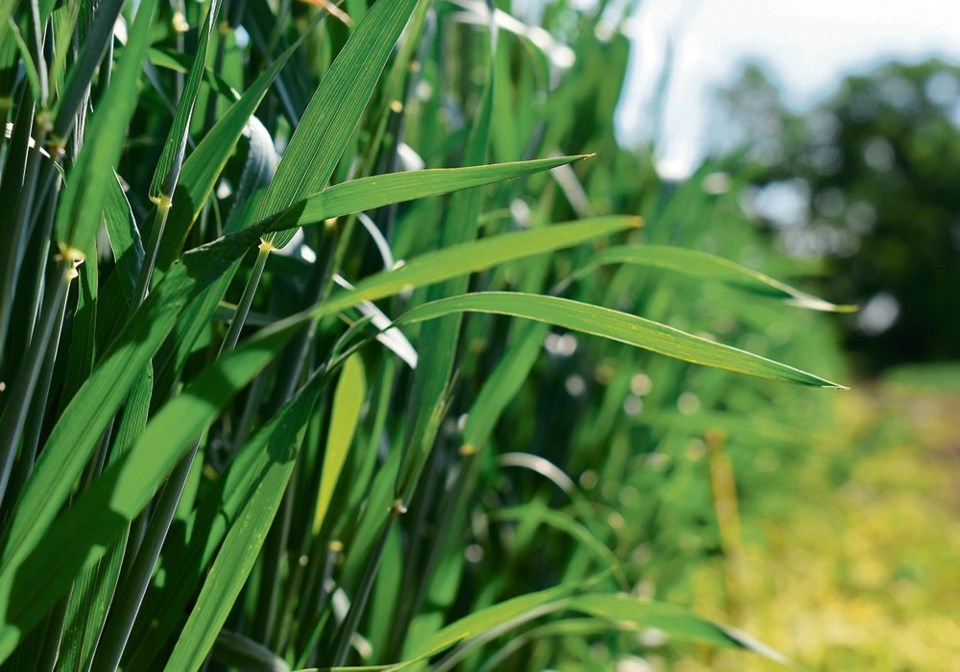Winter wheat and fall rye acres have taken a steep decline in Saskatchewan over the past decade from a peak of 710,000 acres in 2011 to 172,000 this season.
John Burns, chair of the commission, is still bullish on the crop and says the benefits shouldn’t be underestimated.
The environmental benefits of winter cereals is the biggest positive factor of the crop, said Burns.
“Winter wheat is one of the best soil health crops there is,” he said.
When it comes to growing flax and canola on a winter-wheat-seeded field rotation, Burns said, “our experience is that those crops do better.”
Harvesting wheat in August and September allows for improved moisture retention through ground cover and earlier fertilization of the field, he added.
“So, we find very good results growing small seed after winter wheat,” said Burns, with canola being the best stubble to seed the crop into.
The off-season nature of winter cereals also helps with disease control, he added.
“Winter wheat throws pathogens and other threats to crops off balance because it’s in a different cycle.”
This year’s drought struck all crops, however, and was definitely the driest and hottest at his south-central Saskatchewan farm since 1975.
Despite that, winter wheat will likely be the best return on the farm.
“That’s because we were able to market it at double the price with half the yield,” said Burns.
“It’s a risk management crop for Western Canada.”
That’s not to say weather isn’t going to be a factor, he added, but the nature of the crop allows for different management strategies with fall seeding.
“It’s a way for us to manage our resources,” said Burns.
That includes being able to use seeding equipment throughout the year, maintaining staffing levels throughout the year rather than seasonally along with being able to make better use of grain storage, said Burns.
“A combine is not an inexpensive piece of equipment so the more you can use it through the year, the cost per bushel is spread over a longer period of time,” he said.
Human resources is another factor, he added.
“It’s not as though you can pull somebody off the street onto the farm anymore.”
Even in the worst-case scenario of winterkill, Burns said that doesn’t mean a field is a write-off.
“We can plant again in the spring and get a crop,” he said. “You still have the fertility, you still have the weed management, you’re still not behind the eight ball.”




